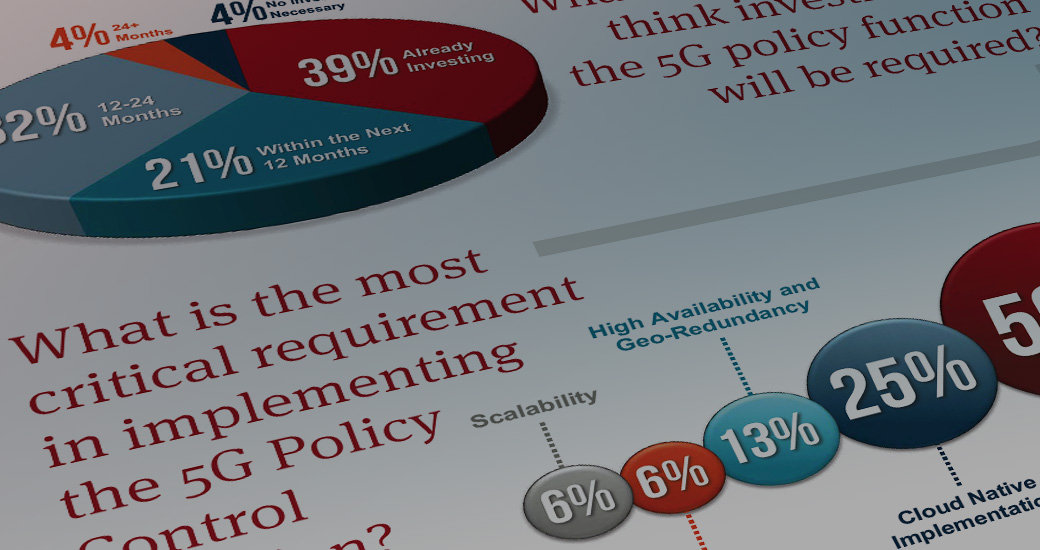It seems like everyone is moving to the cloud lately, regardless of industry. Telcos are the process of doing the same – but there’s a lot of catching up to do. Historically, Telcos have built proprietary, monolithic architectures to support their customers in a “risk first, revenue second” model – by undertaking huge investments in networks, and capitalizing on the potential revenue they will generate months, if not years later. Today’s economic realities make the cloud, not only attractive, but necessary for Telcos.
First, the cloud changes the business models for Telcos – services can be designed, deployed, and tested quickly, and scaled as the market demand and revenues catch up – enabling a “revenue first, risk second” advantage.
Second, the monolithic systems of the past are crumbling – and Telcos are becoming true “Service Providers”. That means potentially providing end-to-end solutions for customers – or pieces of it. Telcos can be Software as a Service (SaaS) providers, Infrastructure as a Service (IaaS) providers, and Platform as a Service (PaaS) providers – only the cloud enables this kind of flexibility.
Third, only the cloud gives the level of scalability and reliability needed for NFV, SDN, and M2M solutions and applications. Scaling solutions becomes a business decision, rather than an IT limitation.
Finally, moving to the cloud can lower infrastructure costs, operating costs, and create a better overall TCO than traditional, proprietary solutions through the use of commodity hardware, and even strategic use of open-source solutions.
Telcos must move to the cloud because it’s faster, cheaper, and offers more flexibility than non-cloud infrastructures. The transition to the cloud is therefore inevitable – begging the important question, which is not “Why?” but “How?”
Technical reasons and operational advantages aside, Cloud Migration is highly dependent on the nature of the data and solutions in question. In the case of Telcos, there may be an appetite to keep customer information (PII) in a tightly guarded, on-premise based solution. A migration strategy therefore should begin with the questions, “Do I want this in the cloud?” and “If so, is that a private, public, or hybrid cloud solution?”
Public clouds, such as AWS, provide already-running, proven cloud platforms. Since the hardware is owned by another company, the costs of running on a public cloud are potentially lower than building your own. However, running in a public cloud means a loss of control, and ultimately, your cloud apps – and the cloud itself – are subject to the operation whims of another company. In addition, there are security concerns; PII and other sensitive data could be compromised more easily in a public cloud.
An alternative to public cloud is building your own private cloud. This gives you complete control over the cloud – what hardware, software, when downtime is planned, and more. A private cloud is more specific to your needs than a public cloud. If you need feature x or y, a public cloud provider may not be able to (or interested in) providing those, while those features can be built in to a private cloud. On the other hand, creating a private cloud means all infrastructure and maintenance must be developed or sourced by your team. Creating a private cloud may have a higher TCO than utilizing a public cloud.
There is a third option: hybrid cloud. A hybrid cloud includes attributes of both public and private cloud. Some portions of applications would use the public cloud, and other parts would run on the private cloud. This setup provides the scalability and flexibility of a public cloud, but allows the company to retain more control over sensitive data, offering potentially better security. However, the private portion still needs to be built in-house, and setup and management may be more technically complicated than using a private-only or public-only cloud.
Consider also the applications and solutions that are going to the cloud. Some Telcos may be comfortable with a “big bang” approach to cloud migration, re-writing their apps completely to be cloud based. In some cases, Telcos may make “strategic migration” decisions about apps or parts of applications, such as using cloud based billing or security, but retain the rest of the application as written.
Regardless of which cloud path you chose, there will be challenges. Solutions built for on premise may not be ready for the cloud. Migration will mean having to overhaul architecture to ensure key KPIs – such as latency SLAs – are not affected. In addition, you will need to source or build technologies that are proven cloud-ready and able to handle the rigors and uptime SLAs of Telco environments.
Volt Active Data was built to be fully performant in the cloud, regardless of whether the cloud is public, private, or hybrid. We provide the backbone for many modern cloud Telco applications and NFV solutions. To learn more, download Volt Active Data today, spin up an instance in AWS, or reach out for more information to info@voltactivedata.com.





